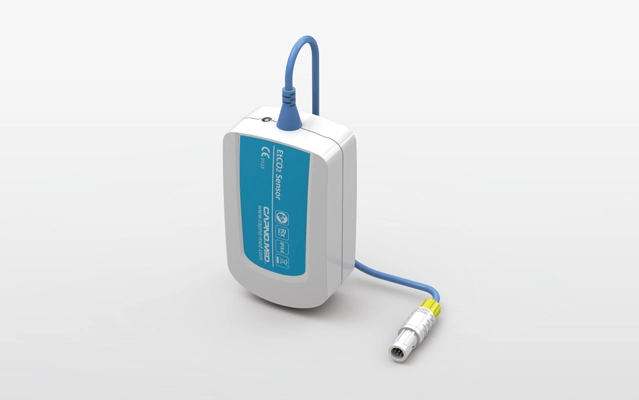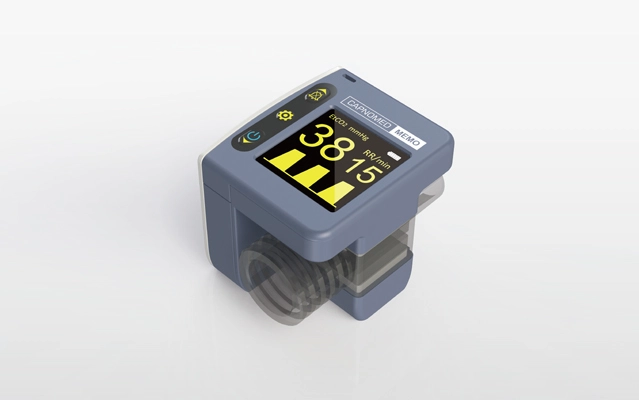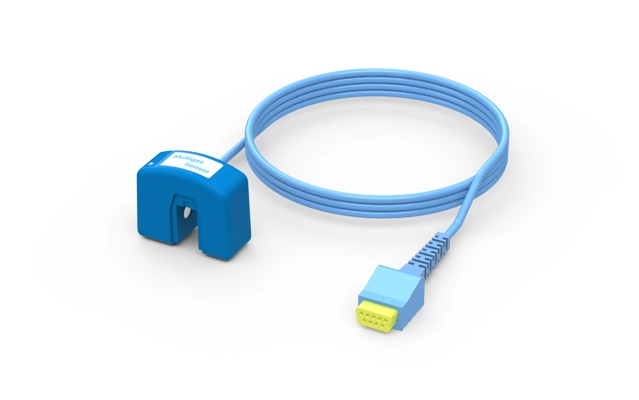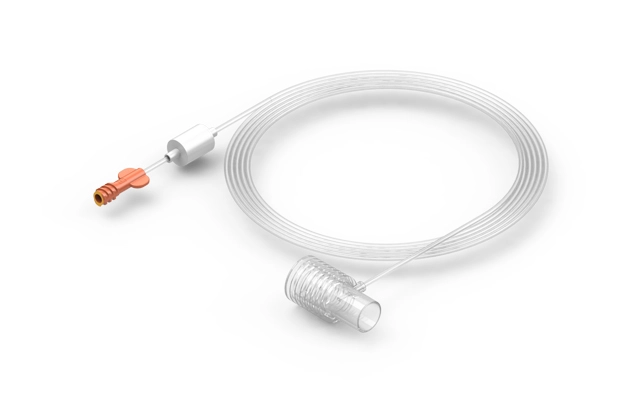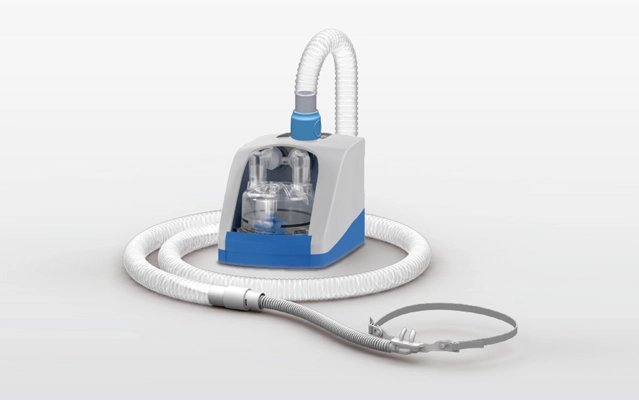In recent years, portable end tidal CO2 monitoring devices have revolutionized the way pre-hospital care is delivered. These devices, such as the etco2 portable monitor, provide real-time feedback on a patient's respiratory status, enabling healthcare providers to make informed decisions quickly. In this blog, we will explore the benefits of using portable end tidal CO2 monitoring devices in pre-hospital care.
Improved patient safety
One of the key benefits of using portable end tidal CO2 monitoring devices in pre-hospital care is improved patient safety. These devices provide healthcare providers with valuable information about a patient's respiratory status, allowing for early detection of respiratory compromise. By continuously monitoring end tidal CO2 levels, healthcare providers can quickly identify changes in a patient's condition and intervene promptly. This can help prevent adverse outcomes such as respiratory failure and cardiac arrest.
Enhanced decision-making
Another benefit of using portable end tidal CO2 monitoring devices in pre-hospital care is enhanced decision-making. By providing real-time feedback on a patient's respiratory status, these devices allow healthcare providers to make more informed decisions about patient care. For example, if a patient's end tidal CO2 levels are low, it may indicate hypoventilation or respiratory distress, prompting the healthcare provider to adjust ventilation or administer oxygen therapy. This ability to quickly assess a patient's condition and make timely interventions can improve outcomes and potentially save lives.
Increased efficiency
Portable end tidal CO2 monitoring devices also contribute to increased efficiency in pre-hospital care. These devices are small, lightweight, and easy to use, making them ideal for use in the field. Healthcare providers can quickly attach the device to a patient's airway and start monitoring end tidal CO2 levels within seconds. This rapid assessment allows for a more efficient evaluation of a patient's respiratory status, enabling faster treatment and transport decisions. In time-critical situations, such as cardiac arrest or respiratory distress, every second counts, and portable end tidal CO2 monitoring devices can help healthcare providers act swiftly.
Versatility and ease of use
Finally, portable end tidal CO2 monitoring devices offer versatility and ease of use in pre-hospital care. These devices can be used in a variety of settings, from ambulance transport to emergency rooms to intensive care units. They are compatible with a range of airway devices, including endotracheal tubes, tracheostomy tubes, and face masks, making them suitable for use in patients of all ages. Additionally, portable end tidal CO2 monitoring devices require minimal training to use, allowing healthcare providers to quickly incorporate them into their practice.
In conclusion, portable end tidal CO2 monitoring devices, such as the etco2 portable monitor, offer numerous benefits in pre-hospital care. From improved patient safety to enhanced decision-making to increased efficiency, these devices play a critical role in monitoring and managing a patient's respiratory status. Healthcare providers can rely on portable end tidal CO2 monitoring devices to provide real-time feedback, inform clinical decisions, and ultimately improve patient outcomes. By incorporating these devices into pre-hospital care protocols, healthcare providers can deliver high-quality, timely care to patients in need.
 English
English
